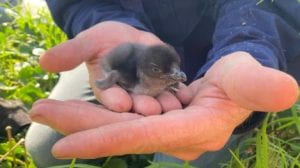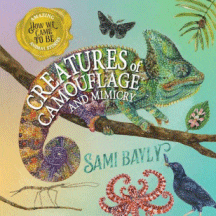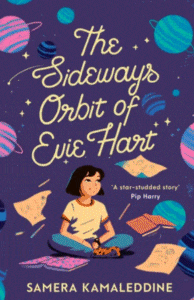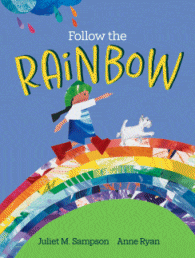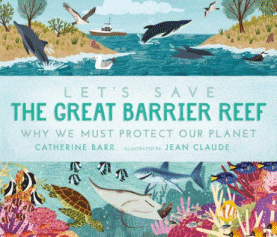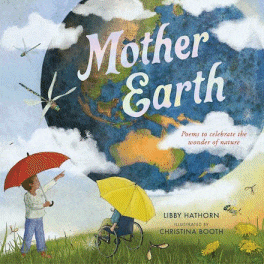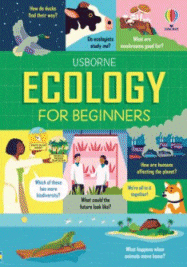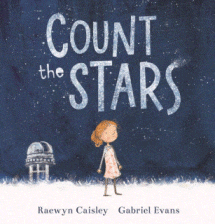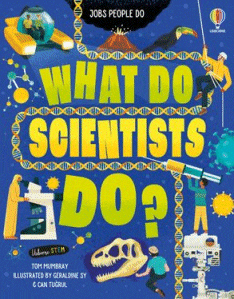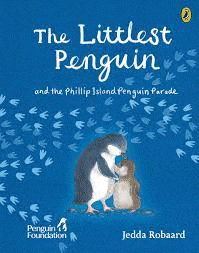
The Littlest Penguin
The Littlest Penguin and the Phillip Island Penguin Parade
Jedda Robaard
Penguin Foundation
Puffin, 2023
144pp., hbk., RRP $A24.99
9781761341830
Before the Europeans came to Millowl (Phillip Island) there were at least ten little penguin colonies there, but these days there is only one. Protected by law now, it is the largest colony in the world, and, at the end of each day, hundreds of tourists come to watch some of those 40 000 adults gather together in “rafts” before they surf into the beach, waddle across it and head up the familiar tracks to their burrows, each looking for landmarks or listening for their partner’s voice to find their way.
And, just maybe in that daily trek there will be Little Penguin, Scruffy, Cheeky and Big Chick who are the stars of this absorbing, beautifully illustrated novel for younger readers as they begin their lives as downy chicks and grow into adults ready to have chicks themselves. Just 33cm tall and less than a kilo as adults, there are many dangers facing the little penguins, particularly as they can be at sea for up to a year on that first journey, and Little Penguin, Scruffy, Cheeky and Big Chick are exposed to all of them making for an engaging read as we hope for a happy ending for all of them.
As well as their story, there is also an extensive information section to tell the reader more including the usual facts and figures that add the background as well as what happens when they are affected by oil slicks, itself an intriguing, heart-warming story, as is the story of another colony at St Kilda..
Produced by the Penguin Foundation which “raises funds to enhance Phillip Island’s natural environment and protect native wildlife through research, conservation and education programs”, and published by Penguin random House (who else? and who provide funding for the organisation), this is the ideal read-aloud or read-together to inspire interest in and awareness of these little birds as well as giving all those who are likely to make the trip to Phillip Island over the upcoming Christmas break the knowledge and understanding of just what they are seeing. Maybe, as they learn more from both the Penguin Foundation and the Penguin Parade websites, they might even want to adopt a penguin for themselves.
I adored it.
Penguin chick born in Eden for the first time in 30 years holds hopes in re-establishing colony
